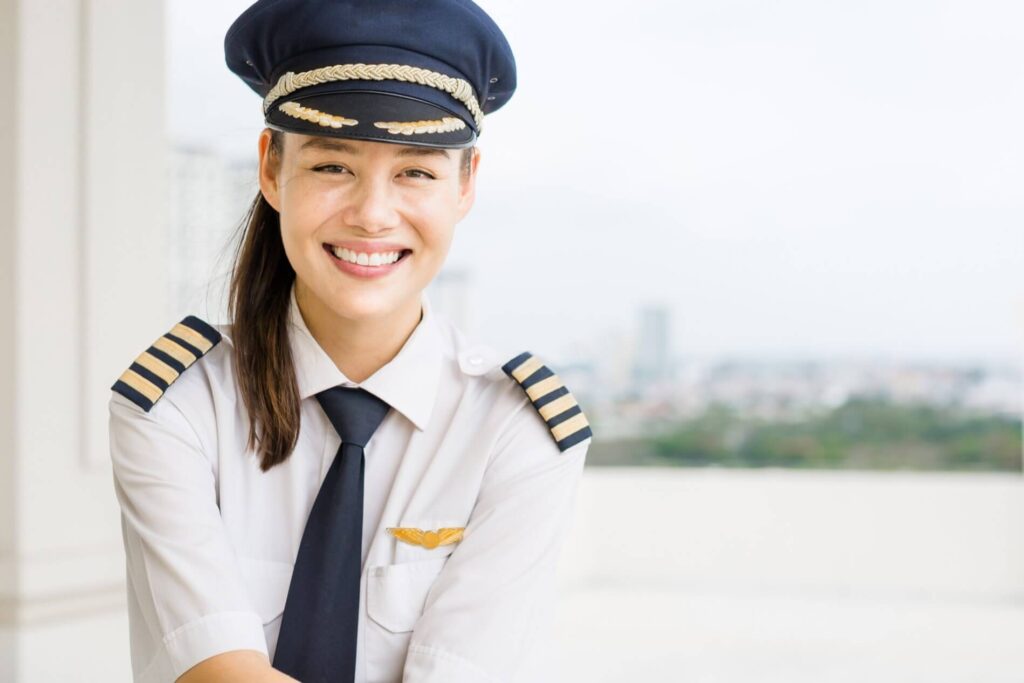This article was written by Kimberly Perkins and Arpad Szakal. Find out more about the authors below.
Technological improvements and advanced systems create safer aircraft. But what creates a safer pilot?
The shortcomings of the current aviation safety system
Aviation safety is dependent on synergy, not just in the flight deck, but within the flight department as a whole. The hidden dangers of miscommunication and unconscious bias deteriorate our safety margins, limit our access to new talent, and hinder our operational functionality. It is time for the third wave of aviation safety, and that must include unconscious bias training.
Following a series of fatal air crashes in the 1970s, the aviation industry became focused on how humans interact and communicate. A common trend of these crashes exposed the toxicity of the singular-captain mentality and revealed the necessity to educate aviators how to operate more collaboratively. New training protocols, known as Crew Resource Management (CRM), rapidly washed over the industry and became the international standard still in practice today. The initiative was so successful that the medical sector adopted its own form of CRM.
The second wave of aviation safety came decades later in the form of Safety Management System (SMS). This system is a comprehensive approach to safety, which includes human factors training and the measuring of one’s flight department safety culture.
Each wave of safety system amalgamates the importance of human interaction, communication and collaboration as essential components to aviation safety. Yet both systems overlook the fundamental structure that controls how humans interact and communicate – our unconscious bias.
The case for unconscious bias training
Unconscious bias, also known as implicit bias, is commonplace. We all have it. Despite the negative connotation around the concept, not all biases are bad. In fact, biases can be helpful. It is how we can quickly determine categories for safety: pet the house cat and leave the lion. That being said, biases formulated through societal and cultural influences can lead to the mischaracterization of a group or the perpetuation of outdated models. When this happens, our ability to interact collaboratively is diminished and safety is compromised.
Unchecked unconscious bias can morph into discrimination, which results in a structure inherently unwelcoming to those that do not fit a specific default standard. Recent aviation research revealed that bias and discrimination were significant barriers in both the recruitment and retention of women in aviation. Unchecked bias results in a highly homogenized industry, which diminishes aviation’s ability to innovate and collaborate, and it ultimately deteriorates safety.
Research shows that groups with diverse backgrounds are more creative and yield higher earning potential. Further research revealed evidence that when these groups operated in a collaborative way, they made better decisions. In aviation, better decisions means increased safety.
The third wave of aviation safety must include unconscious bias training and coaching. Aviation regulatory bodies, trade associations and their leaders must demand this. Without understanding how our bias is negatively impacting our industry, we will be limiting our own success. Unchecked bias has the immediate effect of deteriorating safety culture and the perpetual consequence of restricting the industry’s access to a diverse talent pool.
Tapping into the talent pool
In the recruitment, hiring and promotion of individuals, unconscious bias can negatively affect the organization as a whole. We see this occur in other industries. When musicians auditioned behind a screen concealing their gender, it increased a female musicians’ likelihood to advance by 30%. Accessing the top talent, those best for a job, will require hiring managers and leaders to question their hiring practices. To really understand where biases may be affecting the recruitment and retention of talent, organizations need to become educated on unconscious bias and use this lens to analyze structure and policy.
Unconscious bias exists even if a business genuinely pursues more diversity in its hiring process. Leaders and hiring executives may not be able to completely discard their unconscious bias. Therefore, education and the practice of recognizing unconscious bias is the preliminary step. Through unconscious bias training, coaching and the process of implementing blind recruitment practices, leaders can ensure they are not limiting their own access to top talent.
The training is needed not just at the executive level of an organization, but throughout the flight department and inside the flight deck. Understanding our biases through unconscious bias training and coaching will allow us to work in a more collaborative way, become more efficient and productive. Most importantly, it is a necessary step for aviation safety.
About the authors
Kimberly Perkins is the Founder and President of the non-profit Aviation for Humanity and a Seattle-based Gulfstream 650 Captain and Safety Officer. Through her written work and public speaking, she has become a champion for diversity and inclusivity in the aviation industry.
Arpad Szakal is an Executive Recruiter & Career Strategist. An aviation lawyer by background, he provides leadership advisory services and executive search solutions to a broad range of organisations within the aerospace sector. Arpad is an advocate for gender balance in the aviation industry and frequently publishes and speaks on the subject at industry events globally.
